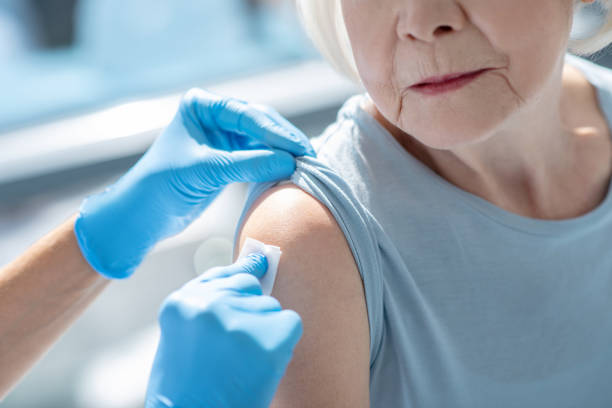Indian media outlets are reporting that a 2-year-old girl in Andhra Pradesh state has died from H5N1 avian flu.
According to Press Trust of India, the girl died on March 15 following hospitalization in Mangalagiri. The H5N1 findings were confirmed by the National Virology Institute based in Pune.

No related infections were found in the girl's family members, and no poultry outbreaks were reported in Palnadu district where the girl lived. The girl's family said she had eaten raw chicken, which investigators say is her potential infection source.
South Asian clade connected to earlier infections
India reported its last human H5N1 infection in 2021, a fatal case in an 11-year-old boy who had an underlying medical condition. However, in May 2024, Australia reported an H5N1 infection in an Australian child who had recently traveled to India. The child had a severe infection but fully recovered.
So far, it's not clear what clade was involved in the newly reported cast. An older South Asian H5N1 clade called 2.3.2.1a is known to circulate in birds in India and Bangladesh and was implicated in the two earlier cases. Scientists, however, reported that the Australian child's virus was involved in a previously undetected reassortant of 2.3.2.1a, the global 2.3.4.4b clade, and low-pathogenic wild bird avian flu segments.















